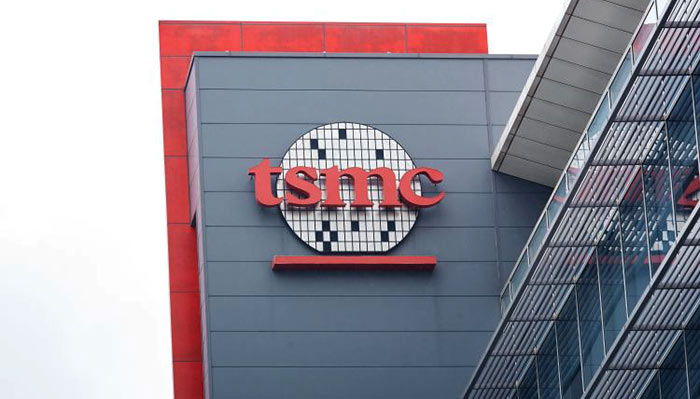TSMC has surprised semiconductor industry watchers with the announcement of its N4 node. This 4nm manufacturing process was not pre-announced or inked into any roadmaps. Obviously it will bridge the company's N5 and N3 nodes, but specifically TSMC Chairman Mark Liu told the EE Times that "N4 is an evolution from N5". The EE Times says that it had already heard industry sourced whispers concerning N4, a few days earlier.
The purpose of N5 is to deliver further refinement beyond TSMC's N5P. The plan looks similar to how TSMC slotted N6 into its lineup of offerings, as a refinement of N7P. That node provided an upgraded version of the best process TSMC had at the time, for silicon with improved performance and power consumption, and with designs remaining compatible. This allowed customers to migrate with minimal costs.

According to the plans revealed at TSMC's shareholder meeting, we will see the advancement of TSMC's manufacturing nodes as follows: N5 is live and the first products will arrive in Q4 2020, N5P will launch in 2022, and N4 will enter mass production in 2023. Meanwhile, N3 trial production will begin in H1 2021, and TSMC is accelerating its N2 process development.
All these manoeuvres, especially the node proliferation, will help TSMC to fend off the challenge from Samsung. The EE Times notes that Samsung may start production using its 3nm node as early as 2020. As for the headlining N4 node, "We're already in business negotiations with customers on N4," said TSMC's Chairman, Mark Liu.
In related news TSMC has confirmed that it is ceasing production of Huawei HiSilicon chips, to avoid US trade issues. A Chinese language report shared by Twitter's Retired Engineer indicates that AMD will step in to hoover up the vacant capacity.






